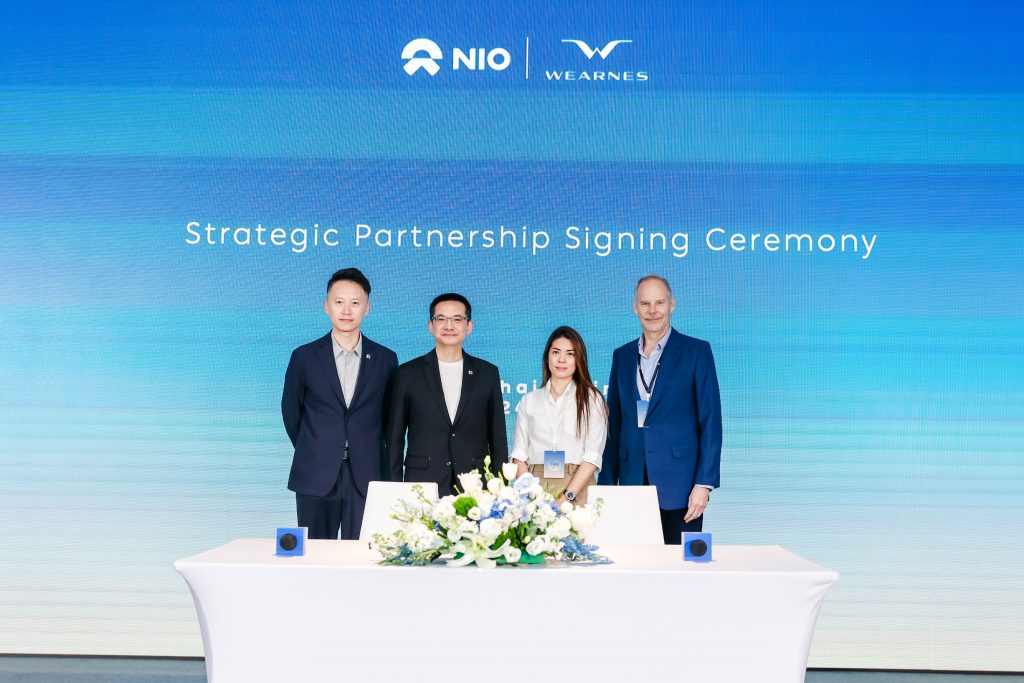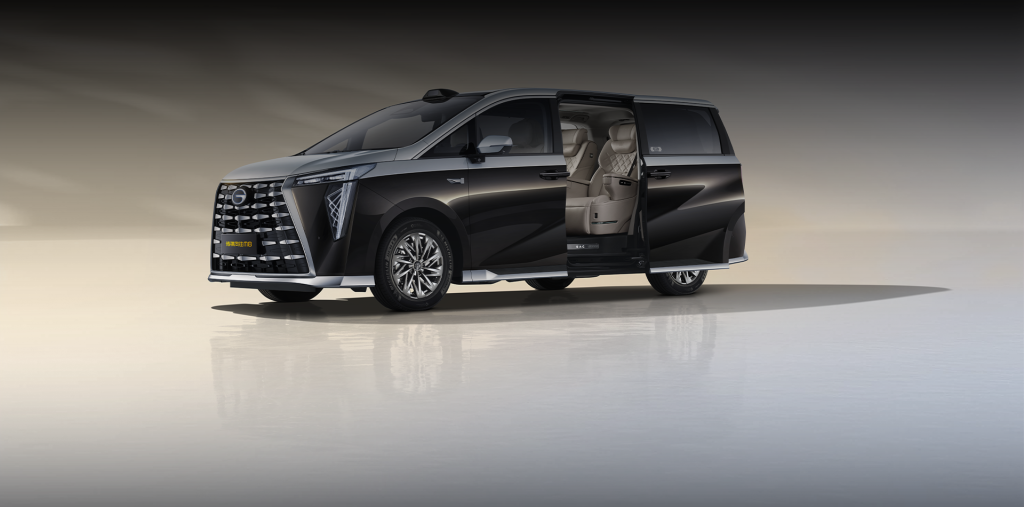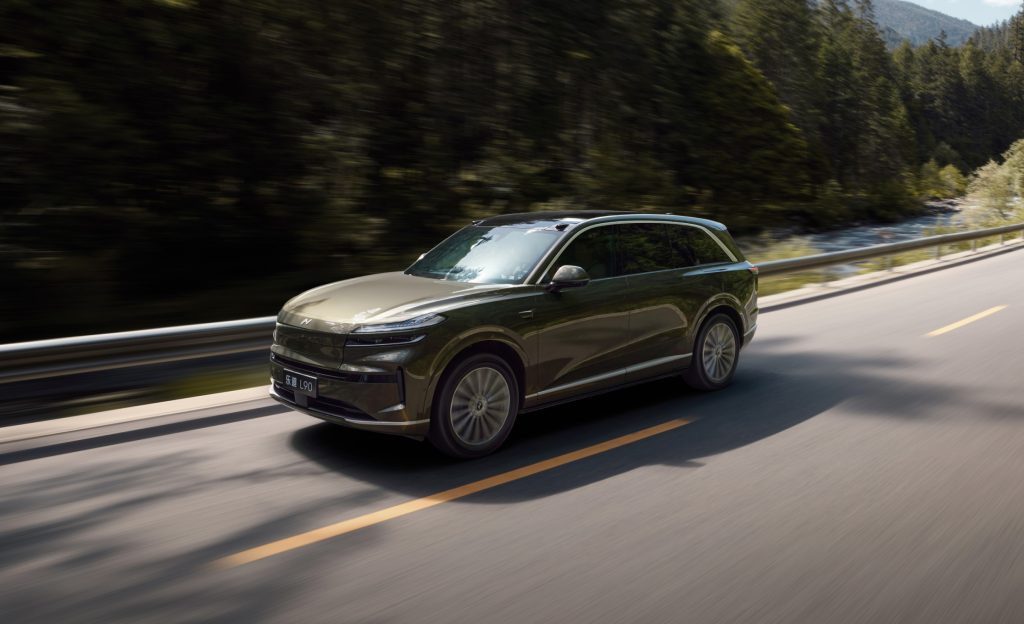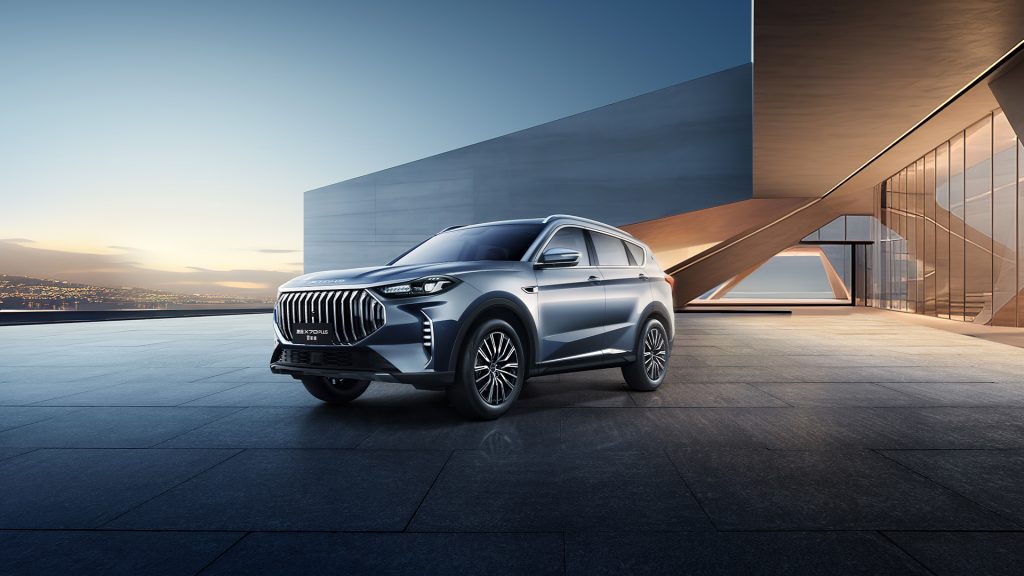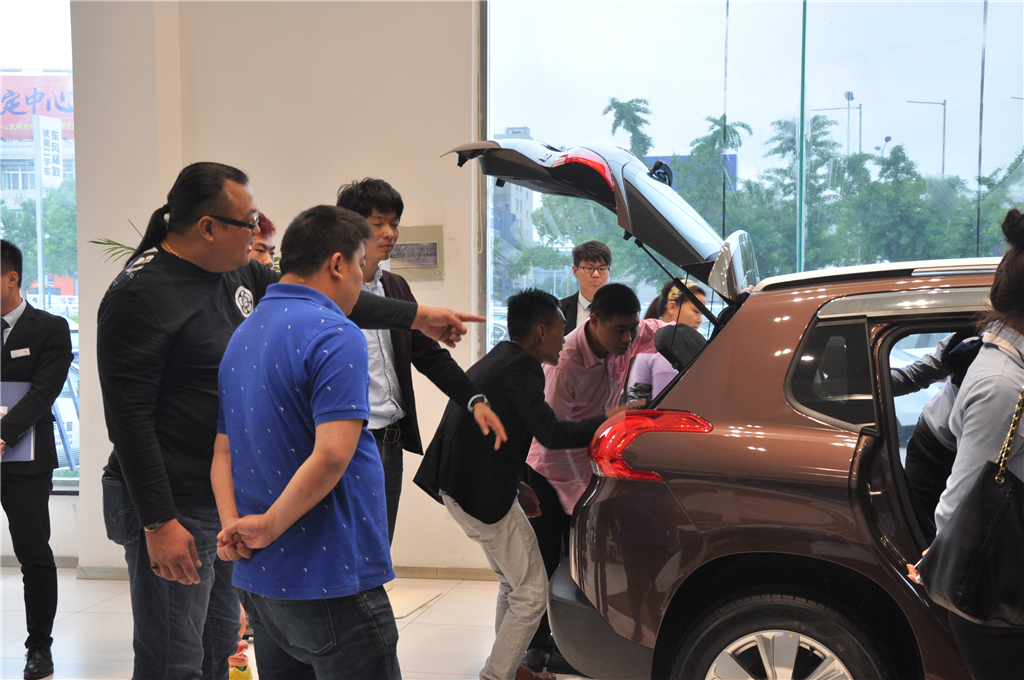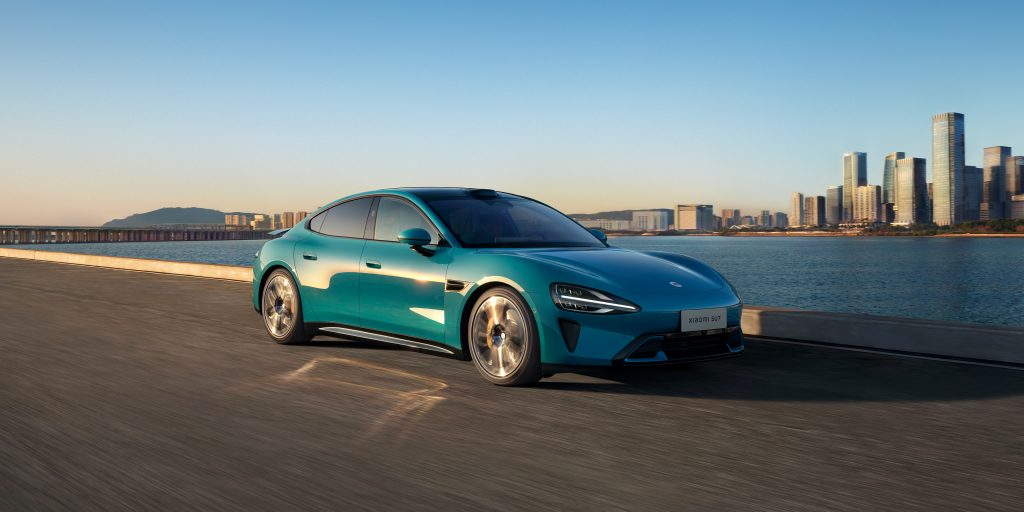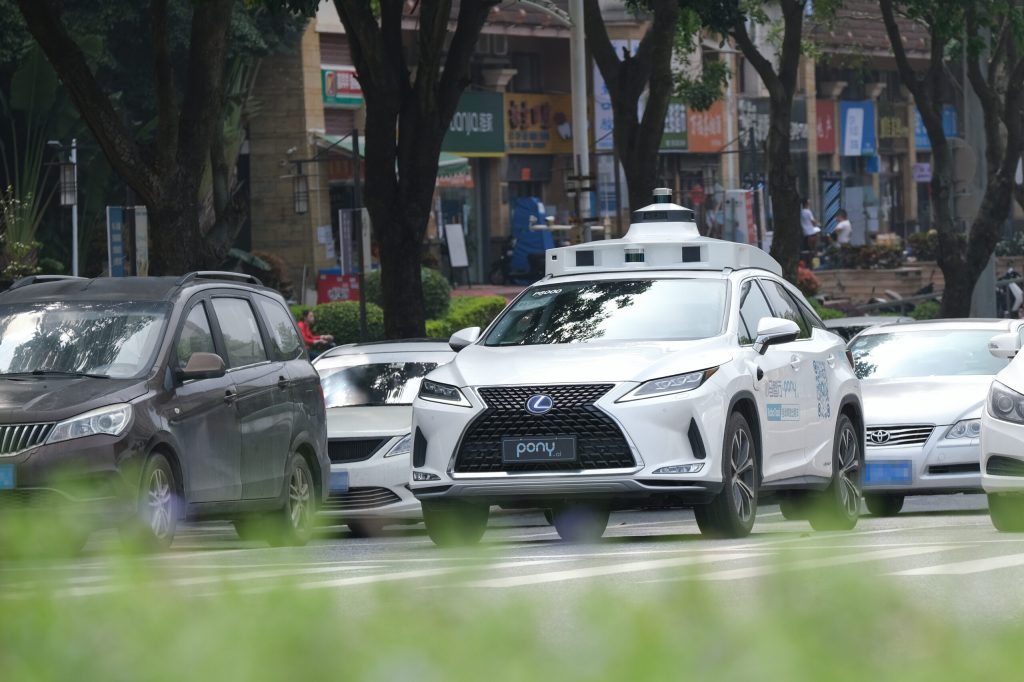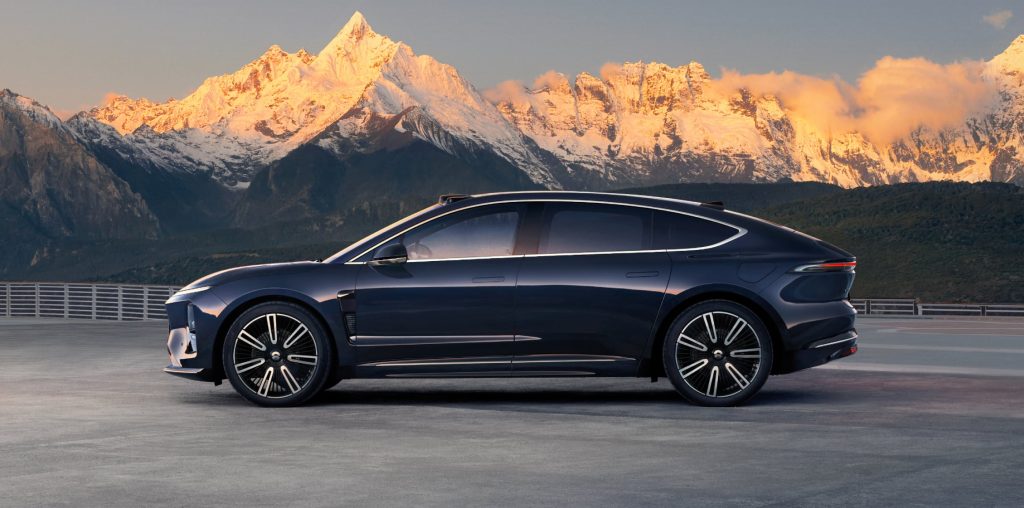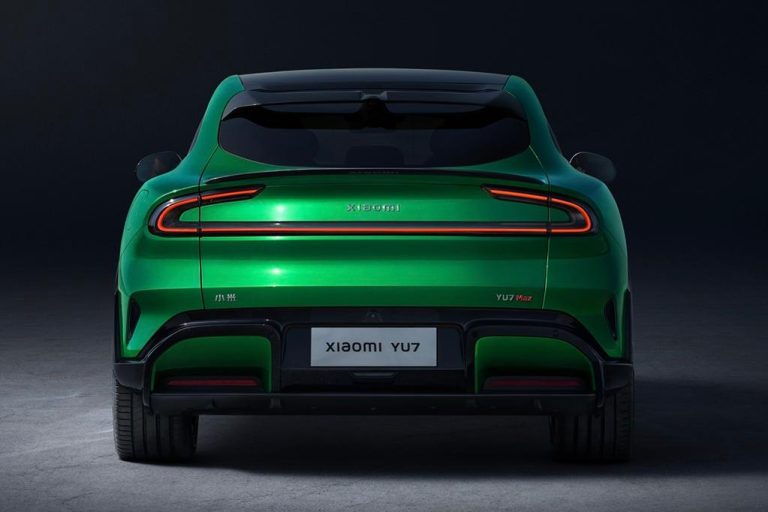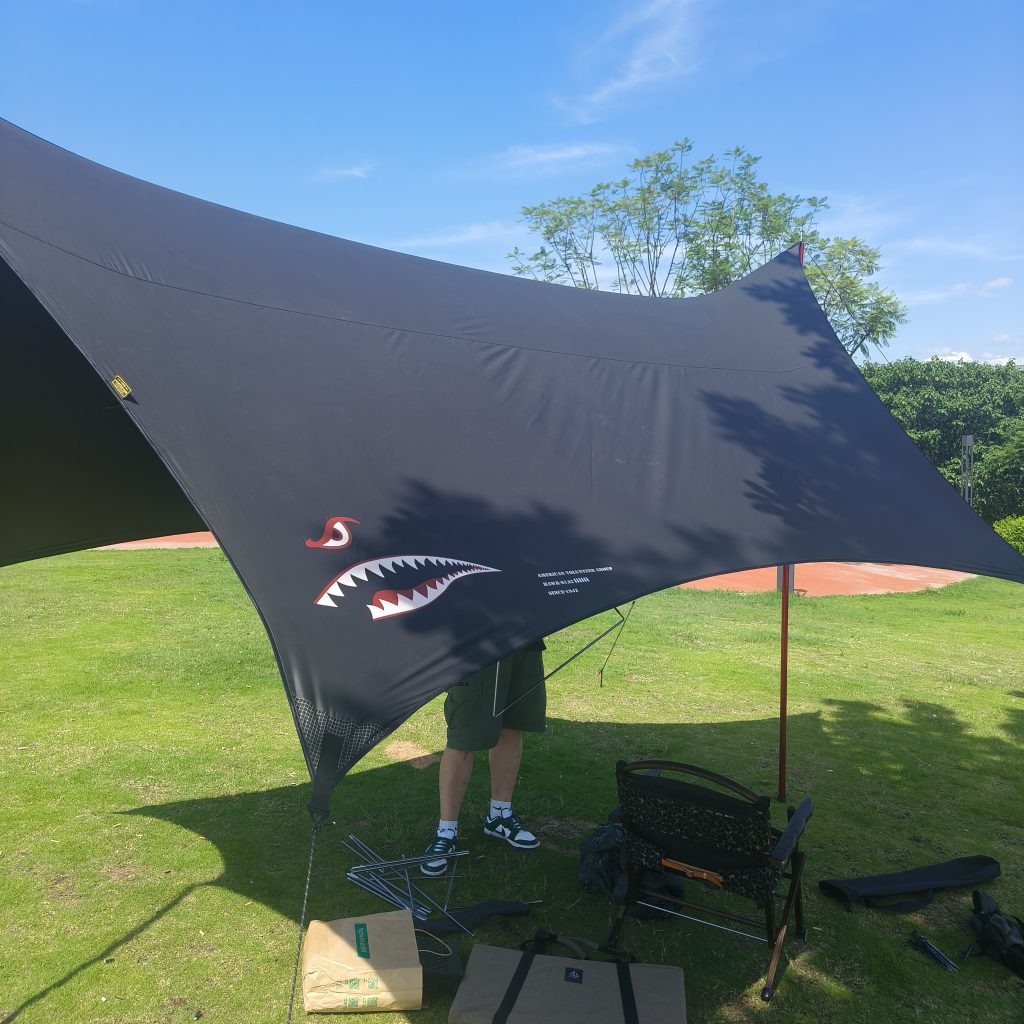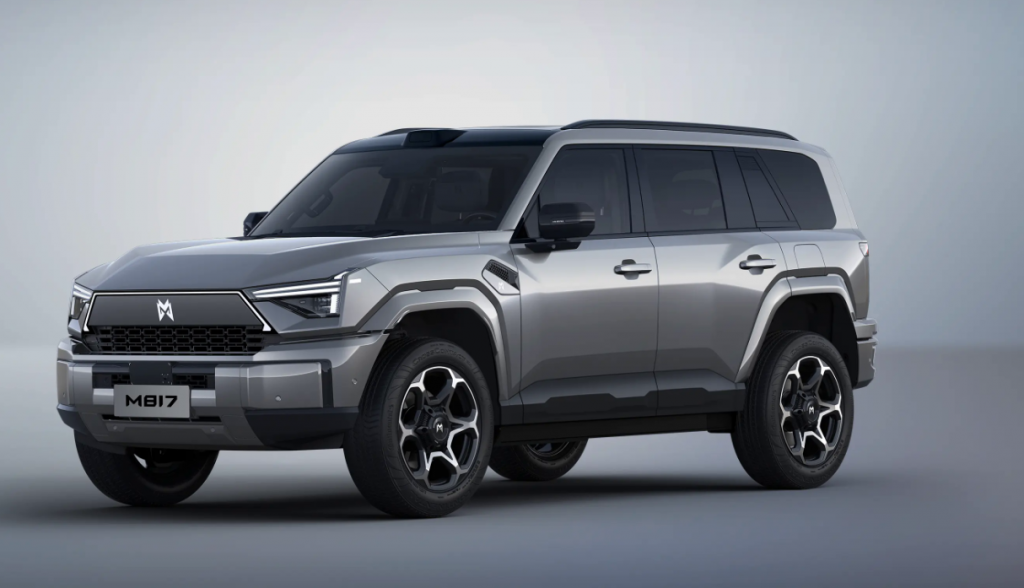By Jasper Cheng, Founder of Roadbook Media (Shanghai)
A HARSH REALITY CHECK
This was no April Fools’ prank.
On March 29, a Xiaomi SU7 – the brand’s first EV, hyped as a “Porsche Taycan at 1/4 the price” – violently crashed into a highway guardrail in Anhui Province, China. Seconds later, the car erupted into flames, its front end obliterated.
The most horrifying detail? The doors electronically locked post-impact, trapping three occupants inside as toxic fumes from the rapid battery combustion filled the cabin. All three perished.
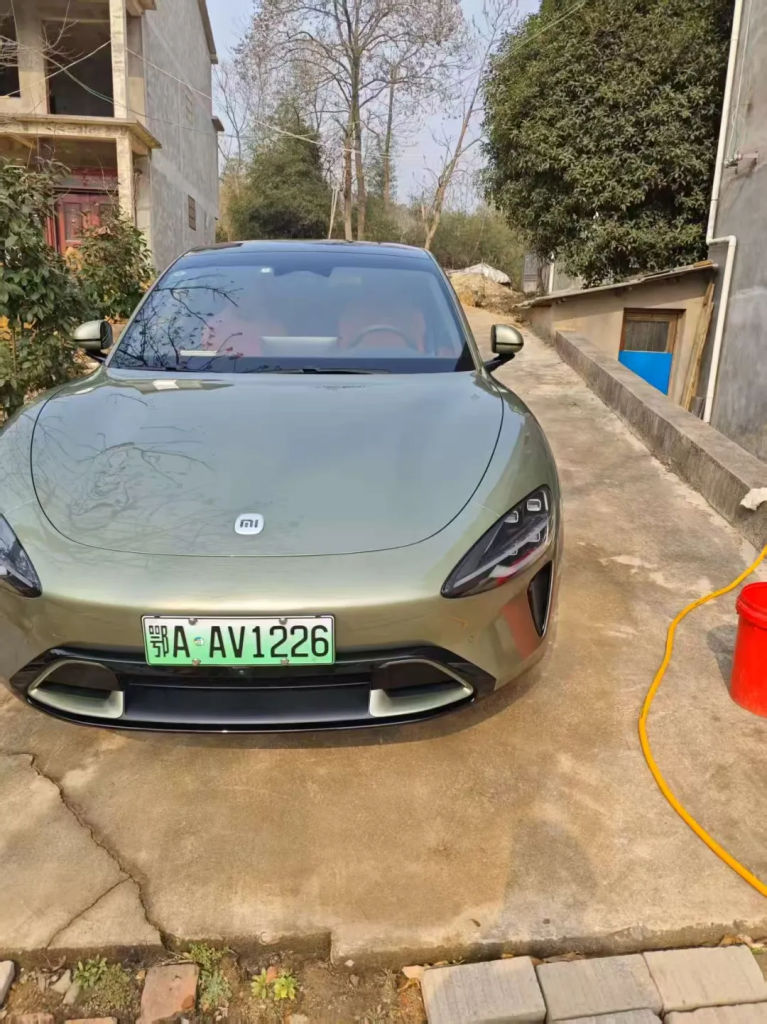
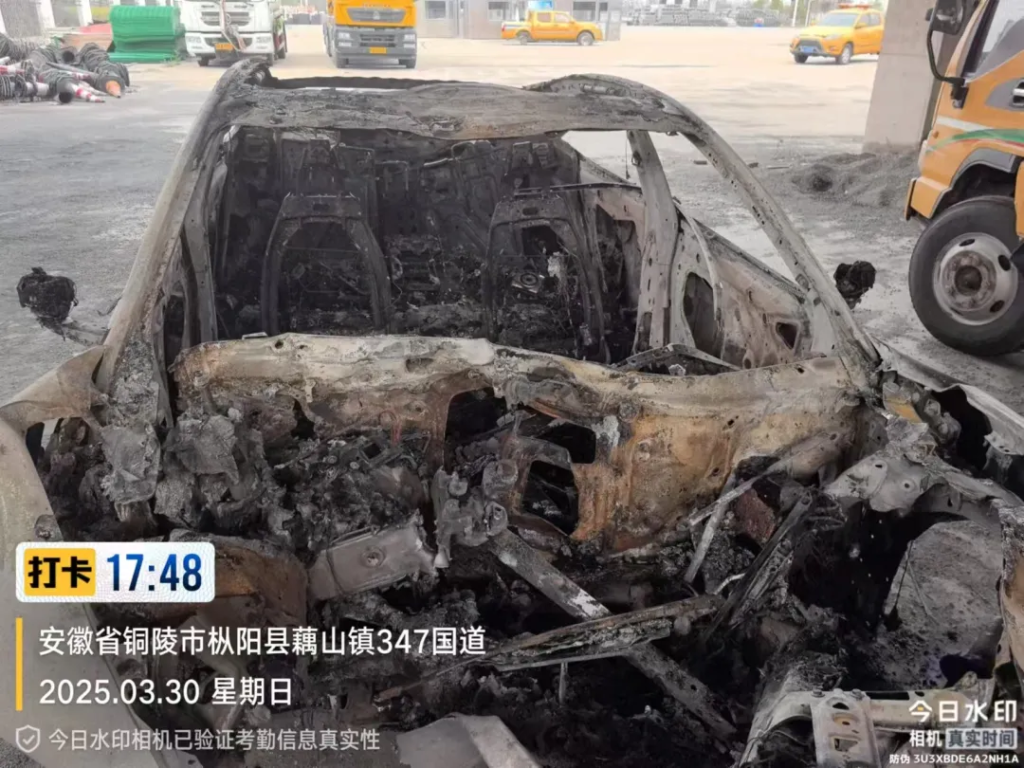

This isn’t the first time an EV’s “smart” systems turned deadly after a collision, but the SU7’s disastrous safety flaws — just weeks after its launch — have reignited a furious debate: Can we trust “disruptor” brands with lives?
THE THREE UNFORGIVABLE FAILURES
1. “INSPIRED” DESIGN, UNAPOLOGETIC SAFETY SHORTCUTS
Let’s address the elephant in the room: Xiaomi’s SU7 borrowed liberally from Porsche and Tesla (its CEO Lei Jun even joked about “paying tuition to Porsche”). While copycat aesthetics may fuel social media buzz, safety isn’t a press-release punchline.
- Traditional automakers like Volvo and Mercedes mandate mechanical door unlock triggers post-crash — a non-negotiable redundancy if electronics fail.
- The SU7, however, prioritized minimalist “smart” door handles over proven, life-saving mechanics.
Question: When a £30,000 Dacia Sandero offers mechanical door releases, why does Xiaomi’s £40,000 “dream car” gamble with electrons?
2. OVER-ENGINEERED TECH, UNDER-DESIGNED SAFETY
Eyewitness footage suggests the SU7’s 12V battery (critical for post-crash power) detached during impact, severing all electronic controls. No power = no door unlocks, no window rolls, no SOS calls.
Irony alert: Xiaomi touted the SU7’s “16 safety airbags and 360° protection”, yet ignored the one scenario every crash engineer fears: total electrical failure.
3. LFP BATTERY: A “SAFE” CHEMISTRY TURNED DEADLY
Xiaomi’s Lithium Iron Phosphate (LFP) battery was marketed as “non-flammable”. However, the SU7’s pack exploded within 45 seconds, outpacing even notorious NMC (Tesla’s preferred chemistry) fires.
Why?
- Structural flaws: Poor cell compartmentalization allowed thermal runaway cascades.
- No emergency vents: Trapped fumes became a toxic gas chamber.
INDUSTRY WAKE-UP CALL: SAFETY ISN’T AN OPTION
This tragedy isn’t just Xiaomi’s shame — it’s the dirty secret of China’s EV gold rush:
- “Smart” ≠ Safe
- Giants like BYD and NIO also push touchscreen door releases (looking at you, Tesla Cybertruck).
- Solution: Dual mechanical/electronic systems must be legally required.
- Crash Tests ≠ Real-World Survival
- China’s C-NCAP tests don’t evaluate post-crash egress or beyond-lab scenarios (e.g., rollovers, secondary impacts).
- Solution: Adopt Euro NCAP’s Rescue Sheets and US IIHS’s “survival space” metrics.
- Regulatory Gaps = Bloody Loopholes
- No Chinese law mandates battery fire suppression or 30-minute occupant escape time (a UNECE standard since 2021).
- Solution: Stop letting startups “move fast and break things” when lives are at stake.
PETERFIN’S TAKE
This was a preventable tragedy.
The SU7’s victims didn’t die from a “regrettable accident”. They were failed by:
- A startup that treated safety as an afterthought,
- A system that rewards hype over integrity,
- A culture where “disruption” excuses corner-cutting.
China’s EV sector races toward “world dominance”, yet some still treat safety as an optional cost – not a moral baseline. Lei Jun vows to make Xiaomi a “Top 5 automaker.” But if a car can’t protect lives, even the smartest tech is just a deathtrap in disguise.

R.I.P. to the lost.
Machine-translated report, proofread by Lorina M.

